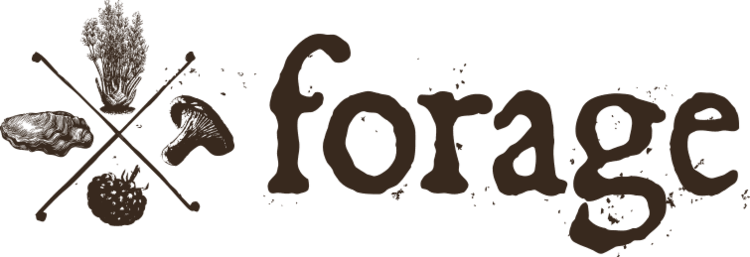The Bounty of Cusco
Cusco is a city high in the Andes Mountains of Peru, about a 10-hour flight from California. Once the capital of the Inca Empire, it’s now a gateway for tourists heading to the famous Machu Picchu. But beyond its rich history, Cusco is also known for its foraging traditions. Locals have relied on plants like maca, quinoa, and native tubers to thrive in this harsh, high-altitude landscape for centuries.
Life at High Altitude
Cusco sits between 3,000 and 4,500 meters (about 9,800 to 14,800 feet) above sea level, where the air is thin and the sun intense. Despite the challenging conditions, this region supports a variety of plants. Maca, for example, is a root vegetable that has been part of the Andean diet for thousands of years. It grows in rocky, nutrient-poor soil where other crops can’t survive, making it essential to the local communities.
Traditional Andean Plants: Maca, Quinoa, and Tubers
Along with maca, Cusco’s highlands are home to other important crops like quinoa and native tubers. Quinoa, often hailed as a "superfood," has been grown here for over 5,000 years, and wild varieties are still foraged today. Tubers such as oca and olluco grow in ancient terraced fields, carved into the mountains by the Incas. These terraces create microclimates that allow a range of plants to grow in an otherwise tough environment.
Generations of Foraging Knowledge
Foraging in Cusco is about more than just finding food. Local Quechua communities have passed down generations of knowledge on where to find the best plants and when to harvest them. They know how to use plants like muña, a mint-like herb, to treat altitude sickness, and yacon, a sweet tuber, for its medicinal benefits. This wisdom is tied to the rhythms of the land, ensuring a balanced and sustainable relationship with nature.
Living with the Andean Climate
The harsh climate of the Andes shapes both the plants and the people who forage them. Plants here are tough, drought-resistant, and nutrient-dense, surviving in short growing seasons and unpredictable weather. Foragers have to time their efforts carefully, making sure to gather crops like chachacoma, a plant used for altitude sickness, before its brief blooming period ends.
Foraging in Cusco Today
Today, foraging in Cusco continues to be an important part of daily life. Visitors who explore this high-altitude region can gain a deeper understanding of the land by learning about its native plants and the traditional practices of the Quechua people. Whether it's tasting maca, foraging for wild quinoa, or discovering the healing power of muña, Cusco offers a unique opportunity to connect with nature and history.





